In 1964, a team of archaeologists from the University of Rome La Sapienza, led by Paolo Matthiae, began excavating at Tell Mardikh, a site located 55 kilometers southeast of Aleppo, in Syria. His goal was to show that Syria had harbored cultures of its own in ancient times.
Over the years, discoveries have been made:ancient palaces, statues, fragments of wooden furniture inlaid with mother-of-pearl, silver objects, Egyptian jewelery and other artifacts. In 1968 the discovery of a statue of the goddess Ishtar made it possible to identify the place.
On the sculpture there was an inscription with the name Ibbit-Lim, king of Ebla . Indeed, the site was the ancient city of Ebla, known only until then by inscriptions found in the archives of Mari (discovered in 1933), which spoke of a city-state with that name.
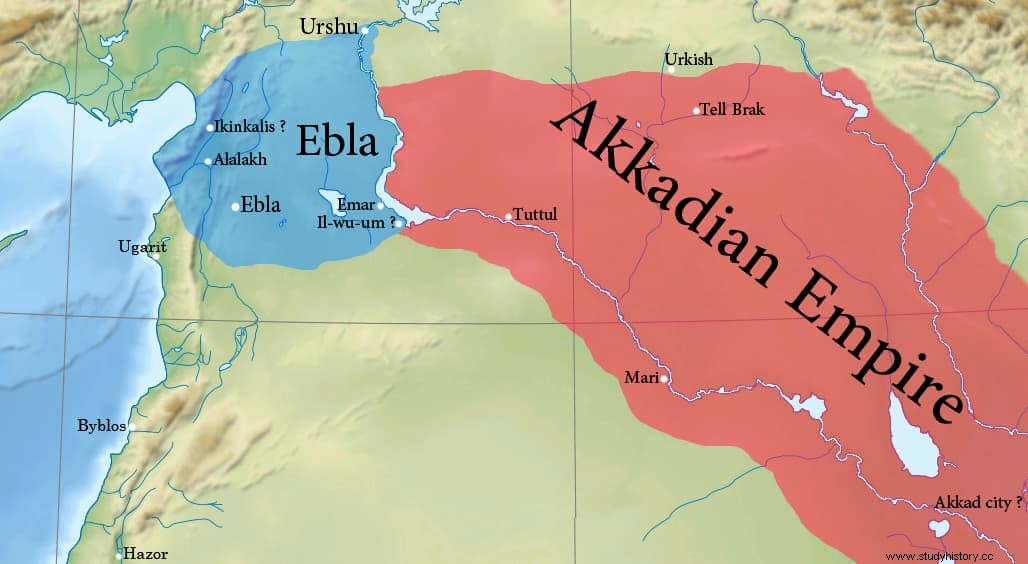
But the greatest discovery would still take a few more years. Meanwhile, the findings placed Ebla as an important commercial and power center from the third to the middle of the second millennium BC. comparable to Egypt and Mesopotamia.
From its foundation in the early Bronze Age, around 3500 B.C. until its destruction by the Hittites around 1600 B.C. Ebla flourished creating a large trading network that spanned the entire north and east of present-day Syria. Goods from Sumeria, Cyprus, Egypt and even the Middle East passed through it.
The city was controlled by the merchants, who elected a king from among them, to watch over the commercial activity and the defense, entrusted to mercenaries, and the expansion of the routes. The king, who was elective, was controlled by a council of elders, and his power was limited by that of the queen, who had effective influence both in matters of state and in religion. 
Ebla survived a first destruction around 2250 BC. at the hands of the Akkadians, who burned the city, destroying the palaces. It was abandoned but recovered its splendor four centuries later, between 1850 and 1650 BC, with Ibbit-Lim as its first king in this new period, and the settlement of the amorites , a Semitic people of nomadic origin.
The second and final one took place between 1650 and 1600 BC. This time it was the Hittite king Mursili I (or perhaps Hattusili I) and Ebla was never recovered, left deserted and forgotten until archaeologists began excavations more than 3,500 years later.
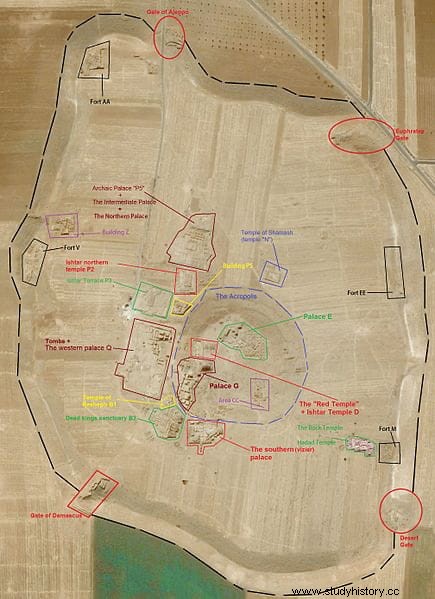
But that fire of 2250 B.C. It was precisely what led to one of the greatest archaeological discoveries in history. In 1974 Paolo Matthiae's team found in the so-called Palacio G two small rooms facing a larger room with a raised dais. In them, more than 20,000 clay tablets were found, many of them broken into multiple fragments, with cuneiform writing dating from between 2300 and 2250 BC
The tablets were where they fell when the wooden shelves that supported them burned. Some of the labels even appeared, also made of clay, which helped to file them neatly on the shelves. The fire, which had destroyed the palace, had cooked the tablets, preserving them for posterity, and when they fell, they were arranged on the floor just as they were originally in the palace archive.
One of the rooms stored economic and bureaucratic records, while in the other were the ritual and literary texts, many of them used in the teaching of the new scribes. The problem was that the tablets were written in two languages, one in Sumerian (whose decipherment would culminate in Arno Poebel in 1923) and the other in an absolutely unknown language that used the Sumerian cuneiform script as a phonetic representation.
These sumerograms they are cuneiform characters that were used to represent sounds in languages other than Sumerian, so those who wrote them did not necessarily have knowledge of the Sumerian language. It is the first known example of phonetic transcription (use of a system created for another language in the representation of sounds) and therefore marks a key point in the history of writing.
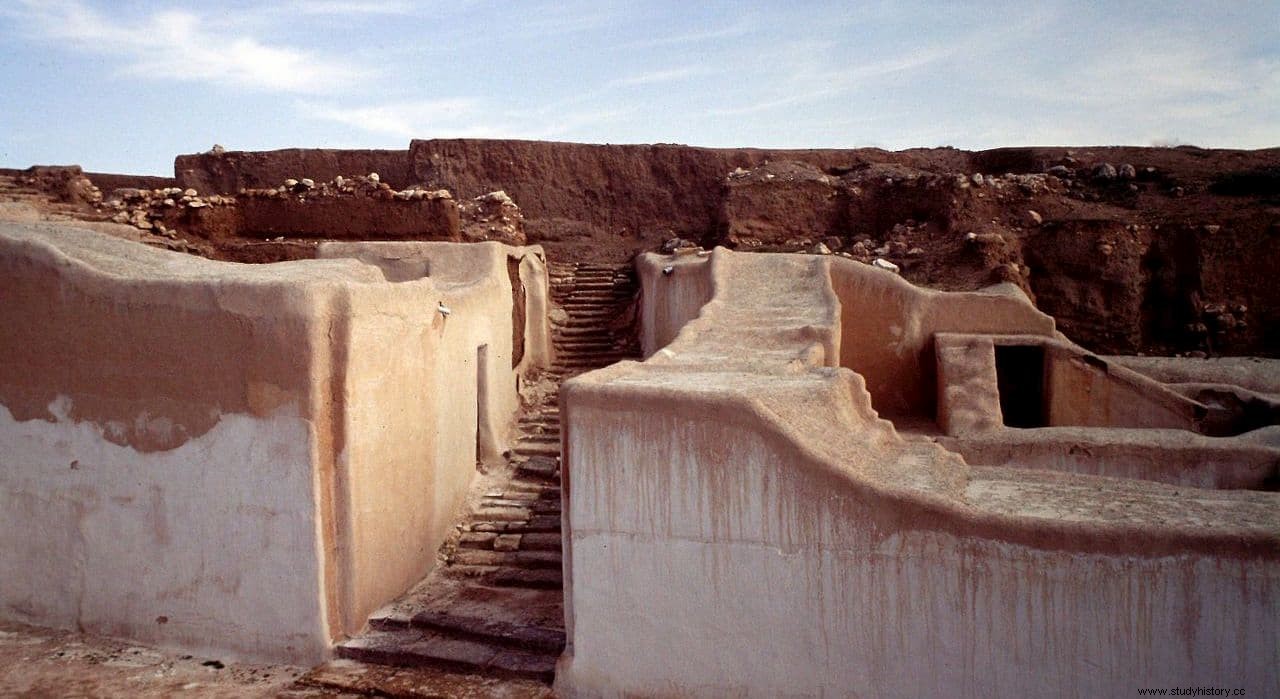
Many of the tablets contained bilingual word lists, in both languages, which allowed this unknown language to be deciphered by Giovanni Pettinato, chief epigrapher of the expedition, who realized its Semitic origin, but before Ugaritic and Hebrew. He had discovered the Eblaite language, which was actually a lingua franca of merchants spoken in many other places in the area, and not a language of everyday speech.
This, together with the position of the tablets at the time of their discovery, led to the conclusion that they had originally been arranged on the shelves by theme, with their corresponding label. They were placed in a vertical position and separated from each other by fragments of baked clay. In addition, the tablets show evidence of classification and cataloging to facilitate their recovery, as well as arrangement by shape, size and content. Excavations have not found such advanced archival practices in Mesopotamia.
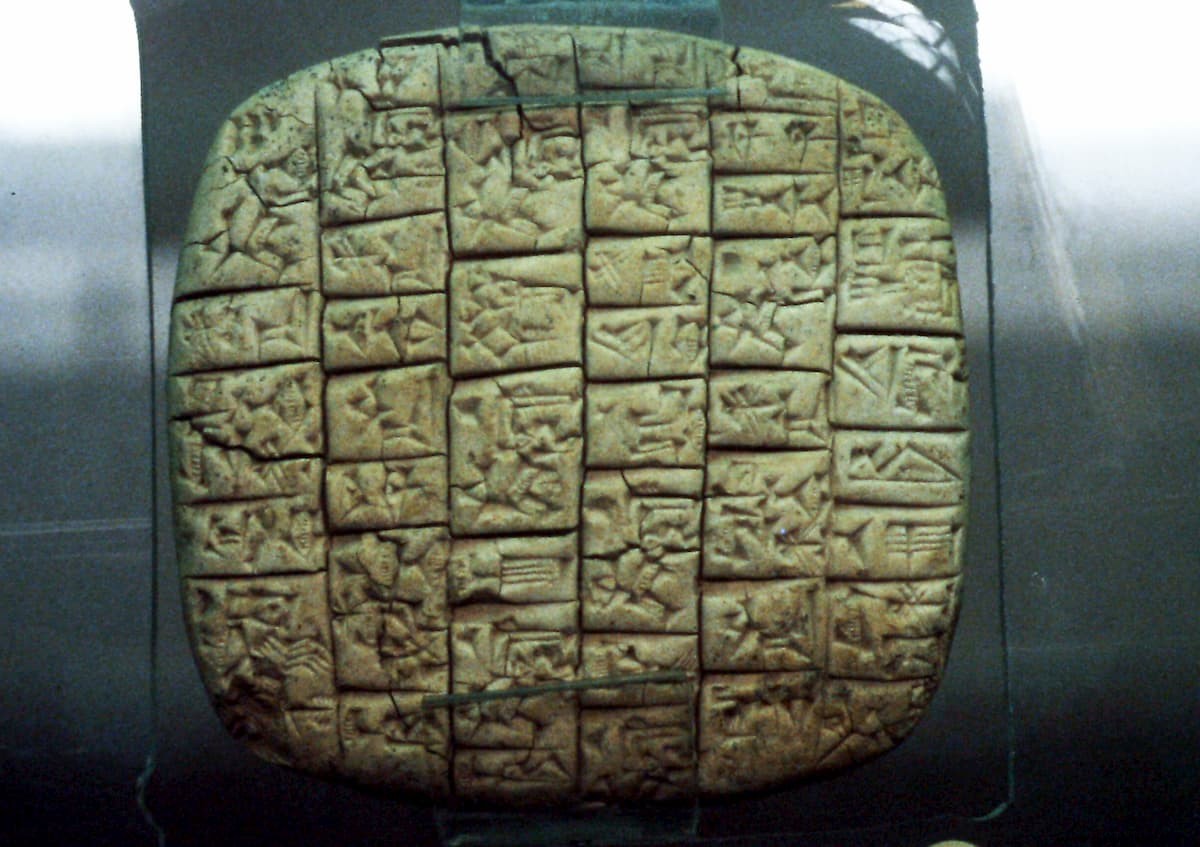
The information provided by the tablets revealed the commercial importance of the city. They reflect the economic records and inventories of import and export trade relations. One of the most significant curiosities that they report is that several types of beer were produced, including one called precisely Ebla and that it could be the first known brand of beer. They also contain lists of kings, ordinances, edicts, and diplomatic treaties with other cities, the oldest found to date.
One of these treaties is that of Ebla-Abarsal, dated around 2350 BC. and established between both cities (Abarsal has never been found) nearby. It establishes the areas of influence of Ebla, sets fines and penalties in case of non-compliance and regulates the use of water, among other things.
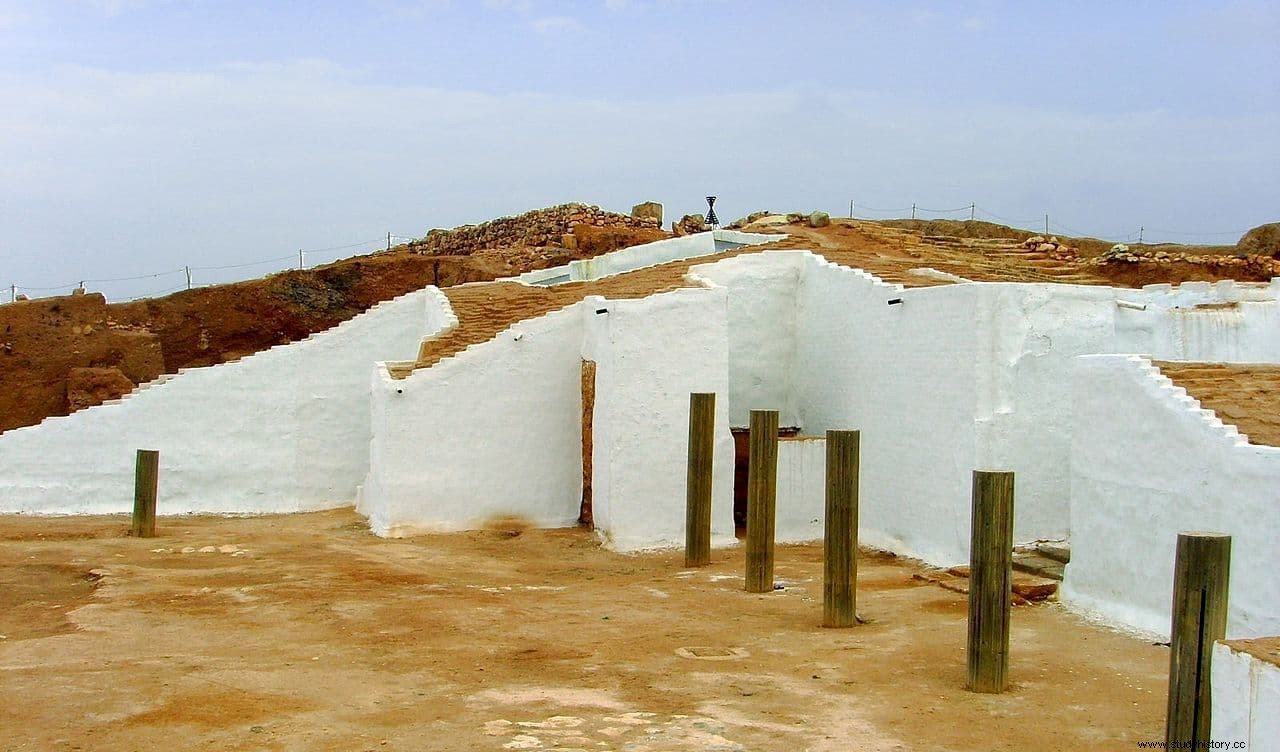
Today the tablets, which according to Robert Hetzron make up the largest known archive from the Bronze Age, are spread across various museums in Aleppo, Damascus and Idlib. Most of them with their corresponding transliteration are digitized in Ebla Digital Archives , a project of the Ca'Foscari University of Venice that can be consulted online.
However, it seems that there was a certain censorship of the Syrian government on the tablets, which has to do with alleged relationships found in the Ebla texts with the biblical framework of Genesis that Pettinato claimed to have discovered:mentions of the patriarchs, Yahweh, Sodom and Gomorrah. After the controversy and the academic conflict Pettinato aroused, he retracted his statements and, according to J.J.M.Roberts, he was removed from the committee in charge of publishing the texts.
